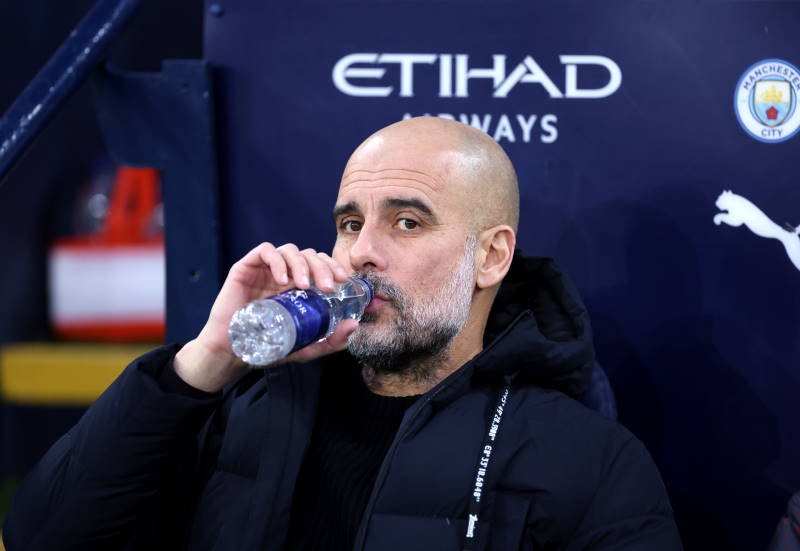
The business end of the 2011 Asian Cup has arrived, with the cream rising to the top in the form of Australia and Japan. This tournament has been full of thrills, upsets and beautiful football, and will be capped by a glamour final.
Australia and Japan are likely to enter the final on equal round, with each side believing they will have the upper hand. The contest will surely come down to not just motivation, but also tactical nous and the ability to put that into practice in the game.
Strangely enough, both teams boast the highest percentage of Europe-based players in the Asian Cup, with all but four of Australia’s squad plying their trade on the continent. Japan themselves have nine of their 23-man squad playing in some of the world’s top leagues. However, as has been seen by the emergence of Ryoichi Maeda and Matt McKay, there is still much quality in each’s homeland.
Australia and Japan employ similar systems, and with the loss of Shinji Kagawa for the Blue Samurai, this is likely to be replicated to an even greater extent, with the 4-2-3-1 system in operation and the midfielders on the flanks rarely proving much width. Two holding midfielders are in operation, with slightly more creativity on the Japanese side through Yashuito Endo. Neither side will engage in all-out attack, but the occasional venture forward from one holding midfielder can often create the extra man needed to give any forward play a little more edge; Carl Valeri and Mile Jedinak showed what a bit of team cohesion can do against Uzbekistan as they broke down the White Wolves time and time again.
Australia’s defence is arguably in better shape, with incumbent Asian Player of the Year Sasa Ognenovski in the best form of his career, and Galatasaray’s Lucas Neill back to his consistent best. Japan’s Maya Yoshida-Yasayuki Konno partnership has worked so far, but the side have leaked six goals in getting this far, which will be a worry for coach Alberto Zaccheroni, whilst Australia have conceded just one.
There are many key battles on the pitch that will be extremely important to any kind of success for either team. If one of the following players falter, it could be to the ultimate detriment of their side. We look at the 2011 Asian Cup final’s key battles:
Atsuto Uchida vs Matthew McKay
This has the potential to be the most interesting of the on-pitch battles. Uchida has looked the most effective of the Japanese full-backs and has been a consistent thorn in the side of his opponents. The daihyo may hate to admit it, but they missed his presence against Qatar when he sat out through suspension.
Matt McKay has been one of the talking points of the Asian Cup. Firstly coming into the side as a makeshift full-back against South Korea, he has since moved forward into a more familiar midfield role with great success, providing four assists in the knockout stages. A dogged midfielder, the Brisbane Roar captain is more often seen in a central role for his club and does have a tendency to drop inside.
With the defensively frail David Carney behind him, McKay will have to be alert to track the runs of an onrushing Uchida who will bomb forward wherever possible. McKay has not looked the best when attacks have come down the Australian left-flank, and if cover needs to come from central midfield, space will open up for Japan’s midfielders. This is a contest that cannot be missed.
Tim Cahill vs Makoto Hasebe
Although Cahill has been playing in a more advanced role than that which is normally required of him at Everton, he has quietly gone about his work, being the most marked man on the pitch. Everyone knows the danger the Australian can pose and he has been largely uninvolved in many of his country’s games, but his ability to draw players out of position through his reputation alone has left more space for the likes of Harry Kewell, McKay and Brett Holman.
Makoto Hasebe has been a pillar of strength for the daihyo, and the Japanese captain is the most influential player in the team. A good setter of the tempo and an excellent reader of the play, his defensive duties will be largely counted upon in this game to keep the likes of Cahill quiet.
With Hasebe likely to be more involved in defensive duties for Japan, they may lose a vital weapon in the build-up of play. In possession Hasebe will have to make sure that his team does not lose the ball too quickly or Australia may get in against a weak Japanese defence, particularly if the full-backs are on their way forward. Cahill will, like Kewell, be used for flick-ons and Hasebe will have to make sure he can mark his man to prevent that from happening as much as possible. However, there are very few that can stop Cahill.
Ryoichi Maeda vs Sasa Ognenovski
Ognenovski had a fantastic 2010 and will be looking to add to his continental competition medal tally with victory over Japan. The intimidating central defender has effectively snuffed out most of the attacks from his opponents, winning almost every challenge in the air.
Calls grew louder for Shinji Okazaki to take over from Maeda following his woeful performance in Japan’s opening draw with minnows Jordan, but the Shimizu S-Pulse striker has since gone on to score three goals in the tournament and otherwise make quite a nuisance of himself. Playing alongside Okazaki has certainly helped the 29-year-old, and he will be looking for goals to immortalise himself in what will most likely be his last major finals.
The supply for Maeda has typically come from crosses from the flanks with Yuto Nagatomo providing two assists and Atsuto Uchida chipping in with the other; it will be up to Ognenovski to track the striker’s runs and defend against those crosses into the box when they do come in.
The Australian defence will be confident of keeping the Japanese out, but all it takes is a moment of brilliance.
Read our match preview of the Asian Cup final 2011 between Australia and Japan. Click here …












